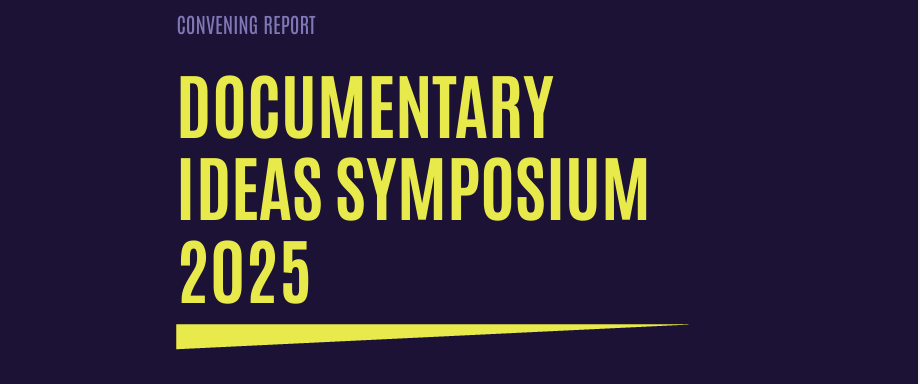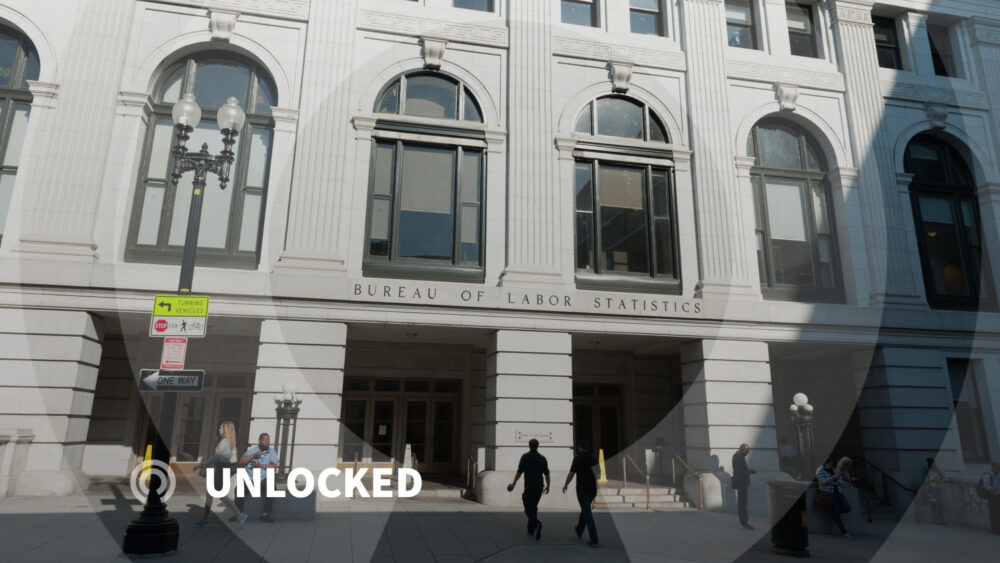
Reports & Papers
Documentary at Risk: Strategies for Ethics, Sustainability, and Innovation in a Time of Disruption
Reports & Papers
A paper by Gadi Wolfsfeld, fall 1992 fellow, develops and applies a theoretical model to analyze the role of the news media in political conflicts, particularly unequal conflicts in the Middle East. Under what conditions are the news media most likely to play an independent role in political conflicts? The answer to this question, argues Wolfsfeld, is best answered by employing a transactional model which focuses on changes in the interactions between antagonists and the news media. The goal of this paper is to show how the role of the news media changes over time and circumstances. The theoretical discussion in this paper will focus more specifically on unequal political conflicts, which are defined as public confrontations between a government and at least one other antagonist and in which the state (or one of the states) has a significantly superior amount of coercive resources at its disposal. Many conflicts fall under this category including protests, terrorist acts, riots, revolutions (both successful and attempted), and all-out war between a powerful country and a weaker one. The first part of the discussion outlines the basic principles of the model. The model will then be used in case studies to explain the changing role of the press in conflicts in the Middle East: the Palestinian intifada and the Gulf War.

Reports & Papers

Explainers

Explainers